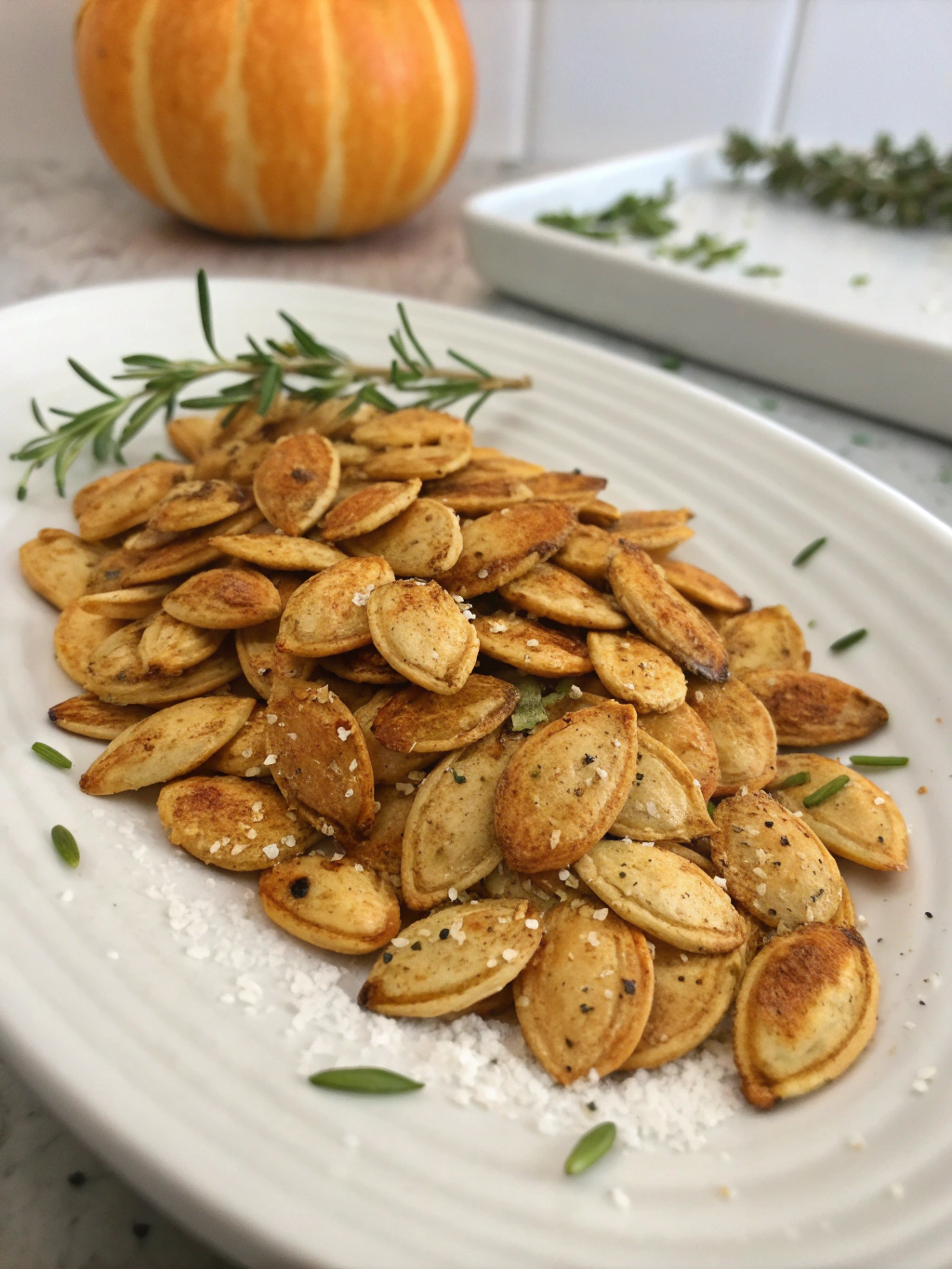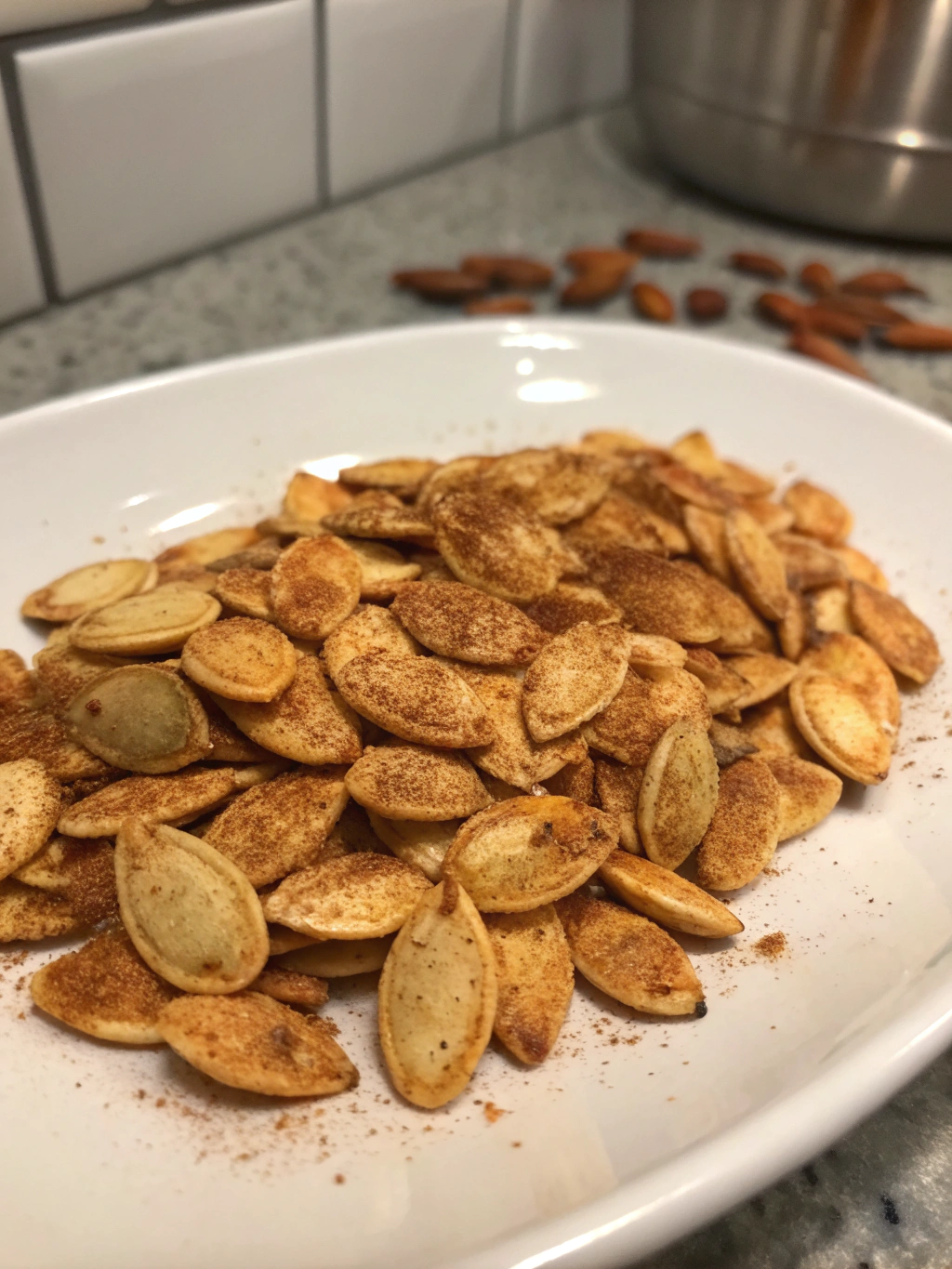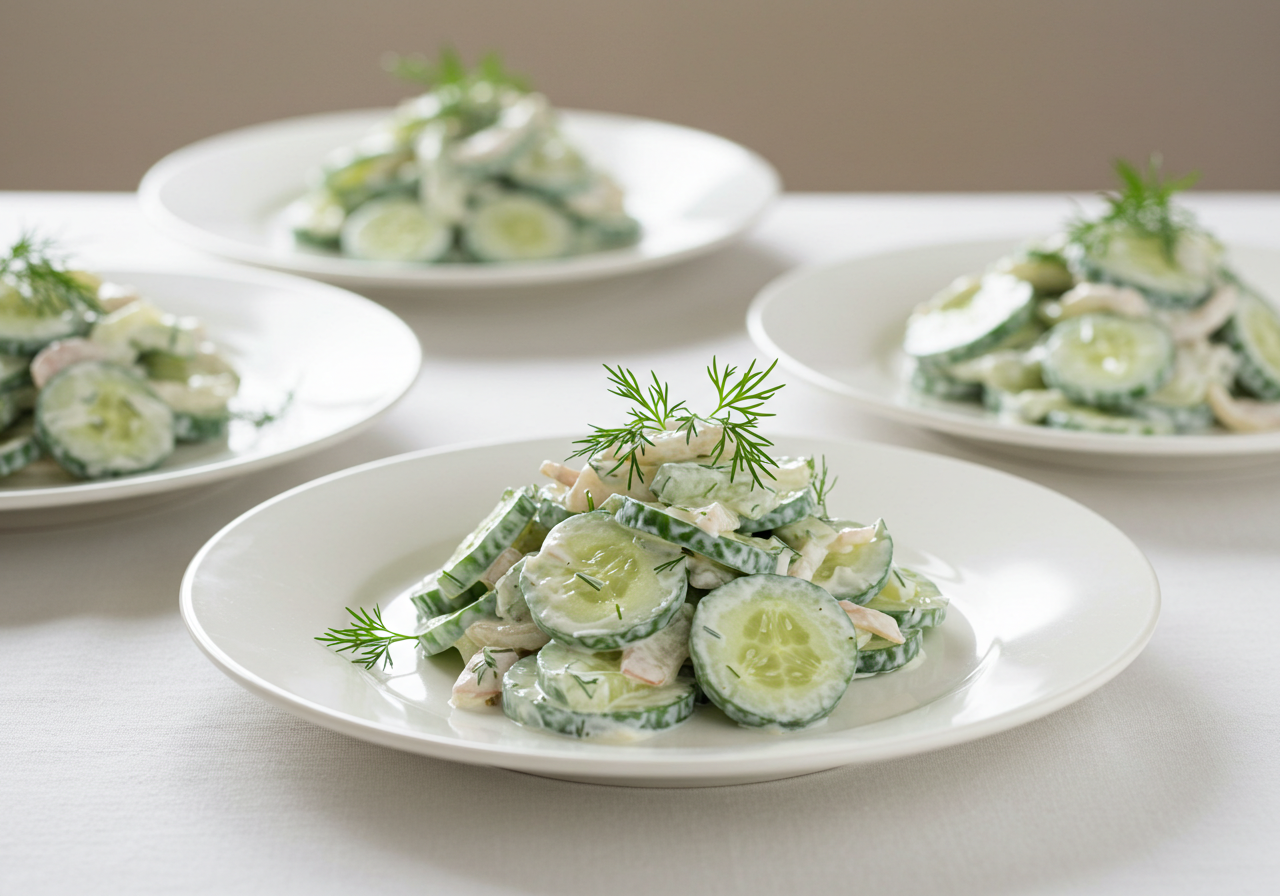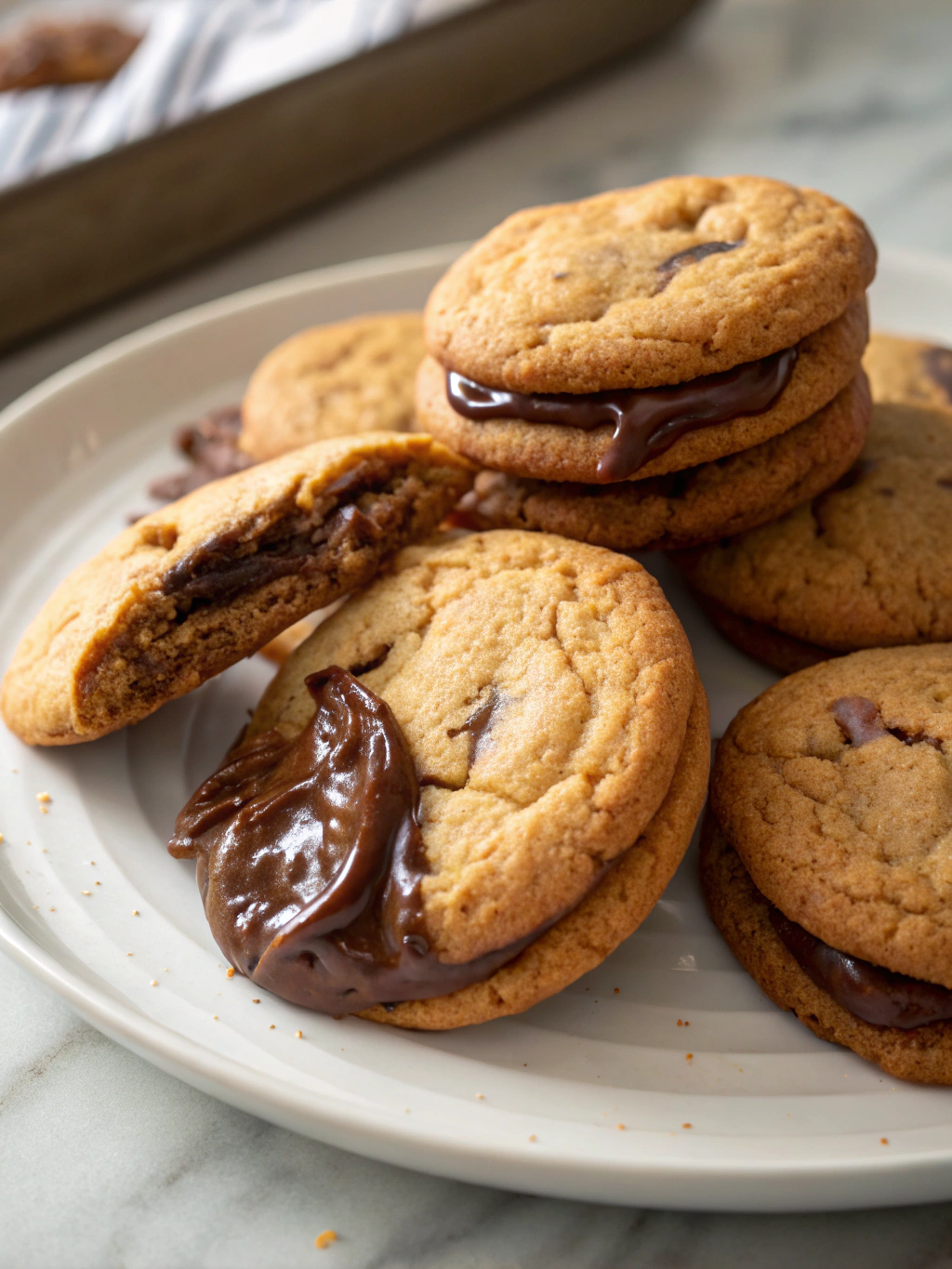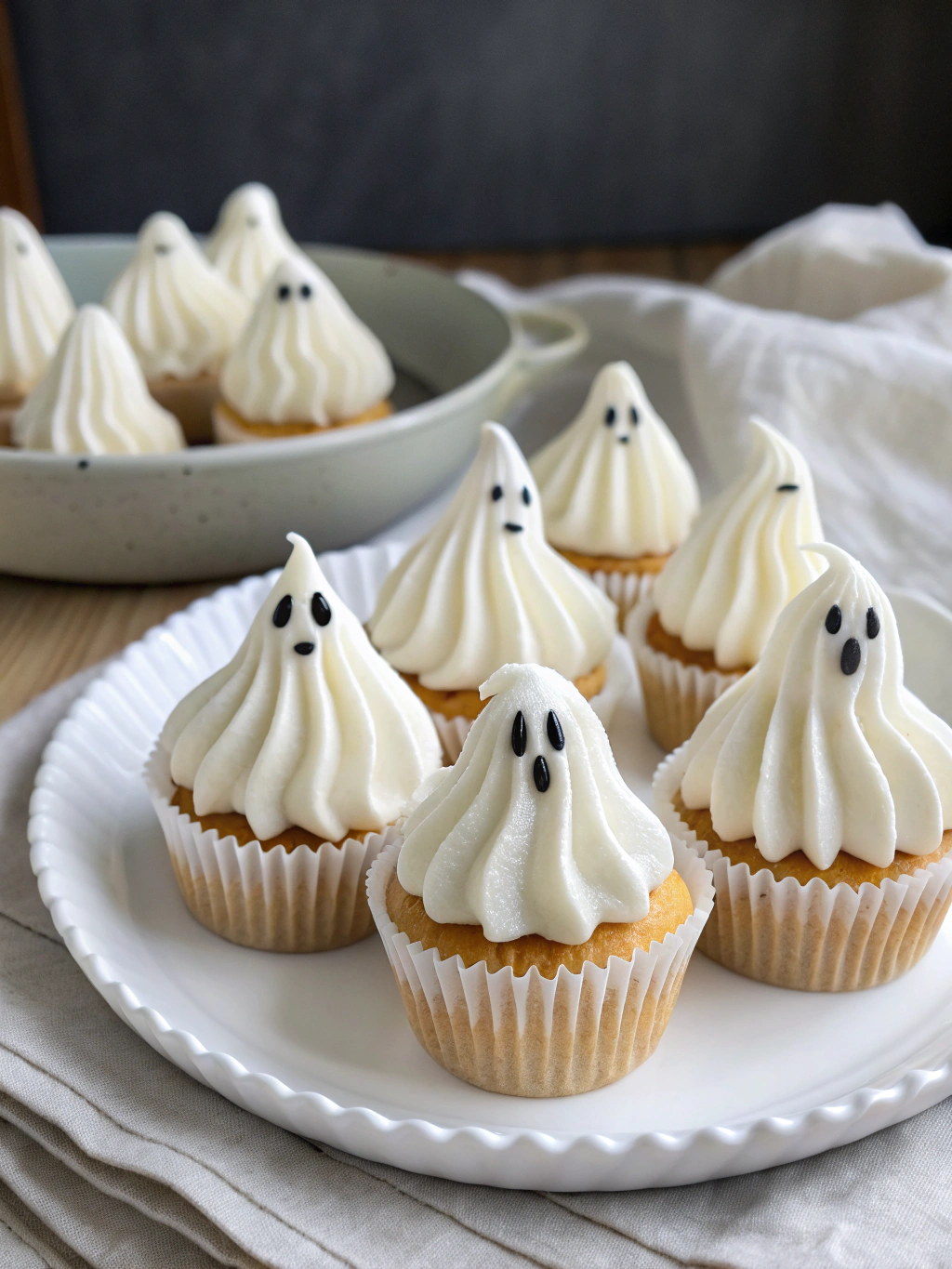Sweet potato cornbread is a delightful twist on a classic comfort food, combining the earthy, slightly sweet flavors of sweet potatoes with the rustic, crumbly texture of traditional cornbread. This fusion offers a moist, tender crumb and a flavor profile that is both hearty and subtly sweet, making it a beloved addition to dinner tables, especially in the fall and winter months.
Overview of Sweet Potato Cornbread
Cornbread is a staple in many Southern and soul food cuisines, often served as a side dish to complement savory dishes like chili, barbecue, or greens. Adding sweet potato to the mix elevates this classic by introducing a natural sweetness, deep orange hue, and enhanced moisture, making it an indulgent yet balanced treat. Sweet potato cornbread bridges the gap between a savory bread and a light dessert, often enjoyed plain, with a drizzle of honey, or topped with butter.
History and Origin of Cornbread
Cornbread has deep roots in Native American cuisine, where cornmeal was a fundamental ingredient in their diet. Indigenous peoples used ground corn to create a variety of bread-like dishes long before European settlers arrived. Over time, African American cooks in the Southern United States adopted and adapted cornbread recipes, incorporating influences from their heritage. The result was a wide array of cornbread styles—some sweet, others savory—each reflecting regional and cultural nuances.
The addition of sweet potatoes, another ingredient with Native American origins and African culinary ties, further diversified cornbread’s evolution. Sweet potatoes were introduced to American tables in the 1600s and became a cornerstone in Southern cooking, prized for their versatility and flavor.
Why Sweet Potato Makes It Special
Sweet potatoes are the secret ingredient that transforms ordinary cornbread into a memorable dish. Their creamy texture and inherent sweetness balance the coarse texture of cornmeal, creating a smoother, more luscious bite. Sweet potatoes also enhance the bread’s nutritional value, adding fiber, beta-carotene, and vitamins to an otherwise simple recipe.
Additionally, sweet potato cornbread resonates with feelings of nostalgia and warmth, often evoking memories of family gatherings and holiday feasts. Its unique blend of flavors and cultural significance make it more than just a dish—it’s a celebration of heritage and culinary creativity.
Ingredients for Sweet Potato Cornbread
Main Ingredients Overview
Sweet potato cornbread is a harmonious blend of traditional cornbread ingredients and the rich, sweet flavors of sweet potato. Each component plays a critical role in achieving the perfect balance of taste, texture, and moisture. Below is a breakdown of the essentials and optional add-ins that can take your cornbread to the next level.
Essential Ingredients for the Cornbread Base
- Cornmeal: The heart of any cornbread recipe, cornmeal provides the classic coarse texture and nutty flavor. Use medium or finely ground cornmeal for a smoother crumb.
- Flour: Often combined with cornmeal, all-purpose flour adds structure and lightness, ensuring the bread isn’t too dense.
- Baking Powder and Baking Soda: These leavening agents help the bread rise, creating a fluffy and tender texture.
- Milk or Buttermilk: Buttermilk is preferred for its slight tang and ability to enhance the bread’s moistness.
- Eggs: Essential for binding the ingredients and contributing to the bread’s richness.
- Butter or Oil: Fats like melted butter or vegetable oil add moisture and flavor. Butter provides a richer taste, while oil keeps the bread ultra-moist.
- Sugar or Honey: A touch of sweetness complements the earthy flavors of the cornmeal and sweet potato.
Sweet Potato as a Star Ingredient
Sweet potato is the defining feature of this recipe, lending its unique flavor, color, and creaminess. Here’s how it shines:
- Mashed Sweet Potato: Freshly roasted or boiled sweet potatoes are mashed and folded into the batter, infusing it with their natural sweetness and vibrant orange hue.
- Moisture Boost: Sweet potato acts as a natural moisturizer, keeping the cornbread soft and tender even after baking.
- Flavor Enhancer: The subtle caramel-like notes of sweet potato deepen the flavor profile, making the bread irresistibly flavorful.
Optional Add-Ins
Sweet potato cornbread is versatile and welcomes additional ingredients for extra texture and taste.
Nuts and Seeds
- Chopped Pecans or Walnuts: Add a delightful crunch and nutty undertones, complementing the sweetness of the bread.
- Sunflower or Pumpkin Seeds: For a savory twist, sprinkle these seeds into the batter or on top before baking.
Spices Like Cinnamon and Nutmeg
- Cinnamon: A warm, aromatic spice that enhances the sweetness of the sweet potato.
- Nutmeg: Adds a subtle depth and spiced complexity to the bread.
- Allspice or Cloves (Optional): For a festive touch, these spices can be used sparingly to evoke holiday flavors.
By combining these core ingredients with the optional add-ins, you can customize sweet potato cornbread to suit any occasion or personal taste preference.
Tools and Equipment Needed
Basic Kitchen Tools
To make sweet potato cornbread, you’ll need a few fundamental tools commonly found in most kitchens.
- Mixing Bowls: A set of mixing bowls in various sizes is essential for combining wet and dry ingredients separately before folding them together.
- Measuring Cups and Spoons: Accurate measurements are key to achieving the right balance of flavors and textures. Use both dry and liquid measuring tools for precision.
- Whisks and Spatulas: A whisk helps blend ingredients evenly, while a spatula is useful for folding and scraping batter into the pan.
- Baking Pan: A square, rectangular, or round baking pan works well, depending on your preference. Cast iron skillets are also popular for their ability to create a crispy crust.
- Preparation Tools: Include a peeler (if peeling sweet potatoes) and a sharp knife for slicing.
Special Equipment for Best Results
- Blenders or Mashers for Sweet Potatoes:
- Potato Masher: A manual masher works well for achieving a chunky, rustic texture.
- Blender or Food Processor: For a smoother, velvety consistency, these appliances are invaluable. They ensure the sweet potato blends seamlessly into the batter.
- Silicone Baking Mat or Parchment Paper: These tools prevent sticking and make cleanup easier.
- Cooling Rack: Allows the cornbread to cool evenly after baking, preventing sogginess at the bottom.
Preparing Sweet Potatoes for Cornbread
Cooking Methods
Sweet potatoes need to be cooked before adding them to the cornbread batter. Both roasting and boiling are viable options, each with unique benefits.
Roasting Sweet Potatoes
- Advantages: Roasting caramelizes the natural sugars in the sweet potatoes, enhancing their sweetness and flavor.
- How to Roast: Preheat the oven to 400°F (200°C). Pierce the sweet potatoes with a fork, place them on a baking sheet, and roast for 45–60 minutes until soft. Let cool before peeling.
Boiling Sweet Potatoes
- Advantages: Boiling is quicker and requires less preparation.
- How to Boil: Peel and chop sweet potatoes into cubes. Place them in a pot of boiling water and cook for 15–20 minutes or until fork-tender. Drain thoroughly.
Mashing or Pureeing
After cooking, the sweet potatoes need to be transformed into a mash or puree for the batter.
Mashing
- Manual Method: Use a potato masher or fork to break down the sweet potatoes. This method is ideal for a slightly chunky texture.
- Pro Tip: Ensure there are no large lumps, as they can affect the bread’s consistency.
Pureeing
- Blender or Food Processor: For a silky, uniform texture, puree the sweet potatoes until smooth.
- Pro Tip: Add a splash of milk or water if the puree is too thick, but avoid making it runny.
Tips for Smooth Consistency
- Cool Before Mashing: Allow the sweet potatoes to cool slightly after cooking to make them easier to handle and mash.
- Strain if Necessary: If you notice fibrous strands in the puree, strain it through a fine mesh sieve.
- Consistency Matters: Aim for a thick but smooth mash or puree to maintain the right batter texture and moisture level.
By carefully preparing the sweet potatoes, you ensure that their flavor and texture shine in the finished cornbread.
The Perfect Sweet Potato Cornbread Recipe
Step-by-Step Recipe Instructions
Prepping the Ingredients
- Cook the Sweet Potatoes:
- Roast or boil sweet potatoes (as outlined above). Once cooked, mash or puree them to a smooth consistency. Allow the mash to cool completely.
- Prepare Dry Ingredients:
- In a large mixing bowl, whisk together:
- 1 cup cornmeal
- 1 cup all-purpose flour (or gluten-free flour for GF options)
- 1 tbsp baking powder
- ½ tsp baking soda
- ½ tsp salt
- Optional: 1 tsp cinnamon and ½ tsp nutmeg for added warmth.
- In a large mixing bowl, whisk together:
- Prepare Wet Ingredients:
- In a separate bowl, mix:
- 1 cup mashed sweet potato
- ¾ cup buttermilk (or plant-based milk for a vegan version)
- 2 large eggs (or flaxseed eggs for a vegan option)
- ⅓ cup melted butter or vegetable oil
- ¼ cup honey or sugar (adjust to taste).
- In a separate bowl, mix:
Mixing and Baking Process
- Combine Wet and Dry Ingredients:
- Gradually pour the wet ingredients into the bowl of dry ingredients. Mix gently with a spatula until just combined. Do not overmix, as this can make the bread dense.
- Prepare the Baking Pan:
- Grease a 9-inch baking pan, cast iron skillet, or muffin tin. For extra ease, line with parchment paper.
- Pour and Bake:
- Pour the batter into the prepared pan and smooth the top with a spatula.
- Bake in a preheated oven at 375°F (190°C) for 25–30 minutes, or until a toothpick inserted into the center comes out clean.
- Cool and Serve:
- Let the cornbread cool in the pan for 10 minutes before transferring it to a cooling rack. Serve warm with butter, honey, or any preferred topping.
Variations of Sweet Potato Cornbread
Sweet vs. Savory Versions
How to Make It Sweeter
- Increased Sweeteners: Add an additional 2–4 tbsp of honey, maple syrup, or brown sugar for a sweeter version.
- Spices and Add-Ins: Incorporate a dash of vanilla extract, raisins, or even a swirl of caramel or jam in the batter for added sweetness.
Adding Savory Elements Like Cheese or Herbs
- Cheese: Fold in 1 cup of shredded sharp cheddar or parmesan for a savory twist.
- Herbs and Spices: Add 1–2 tbsp of chopped rosemary, thyme, or chives to balance the sweet potato’s natural sweetness.
- Savory Mix-Ins: Consider diced jalapeños, crumbled bacon, or sautéed onions for a bold, savory flavor profile.
Gluten-Free and Vegan Options
Gluten-Free Substitutions
- Replace all-purpose flour with a gluten-free flour blend or almond flour. Ensure your cornmeal is labeled gluten-free.
Vegan Substitutions
- Egg Replacement: Use flax eggs (1 tbsp ground flaxseed + 3 tbsp water per egg) or a store-bought egg replacer.
- Butter Replacement: Substitute butter with coconut oil, vegan butter, or vegetable oil.
- Milk Replacement: Swap buttermilk for almond milk or oat milk. To mimic buttermilk’s acidity, stir 1 tbsp of vinegar or lemon juice into the plant-based milk.
By tailoring these recipes and variations, sweet potato cornbread becomes a versatile dish that accommodates diverse palates and dietary needs. Whether you prefer it sweet, savory, gluten-free, or vegan, there’s a perfect version for everyone.
Tips for the Best Sweet Potato Cornbread
Achieving the Perfect Texture
- Balancing Moistness and Crumb:
- Moisture: Sweet potato naturally adds moisture, but the right balance of wet and dry ingredients is crucial. Use buttermilk or yogurt for extra creaminess without making the bread too wet.
- Crumb: Combining cornmeal with a touch of flour ensures a crumbly texture while still being tender. Adjust ratios for a more cake-like or traditional crumb.
- Leavening Agents: Baking powder and baking soda are essential for a light, fluffy bread. Ensure they are fresh for best results.
Common Mistakes to Avoid
- Overmixing the Batter:
- Overmixing can lead to a dense and chewy texture. Mix just until the ingredients are combined, leaving some lumps if necessary.
- Using Too Much Sweet Potato:
- While sweet potatoes add flavor and moisture, too much can make the bread overly dense and gummy. Stick to about 1 cup of mashed sweet potato for a balanced texture.
- Skipping the Cooling Step:
- Cutting the cornbread too soon can cause it to crumble. Let it cool slightly before slicing.
Serving Suggestions
Pairing Ideas
Sweet potato cornbread pairs well with a variety of dishes, making it a versatile side for any meal.
- Savory Pairings:
- Chili, stews, or soups: The sweet cornbread complements the hearty, spiced flavors.
- Barbecue or roasted meats: Serve alongside ribs, pulled pork, or roast chicken for a Southern-inspired meal.
- Sweet Pairings:
- Breakfast: Enjoy with scrambled eggs, sausage, or a dollop of fruit jam.
- Dessert: Serve warm with a scoop of vanilla ice cream or a drizzle of maple syrup.
Sweet and Savory Toppings
- Sweet Toppings:
- Honey, maple syrup, or agave nectar
- Cinnamon butter or whipped cream
- Savory Toppings:
- Herb butter or garlic-infused olive oil
- Cream cheese or sour cream with chives
Storing and Reheating Tips
Keeping Cornbread Fresh
- Short-Term Storage:
- Wrap leftovers tightly in plastic wrap or aluminum foil. Store at room temperature for up to 2 days.
- For longer storage, refrigerate for up to a week in an airtight container.
- Moisture Maintenance:
- Place a piece of parchment paper or wax paper between the bread and wrap to prevent it from becoming soggy.
Freezing for Later Use
- Freezing:
- Wrap individual slices in plastic wrap, then place them in a freezer-safe bag or container. Freeze for up to 3 months.
- Reheating:
- Microwave: Wrap in a damp paper towel and heat for 20–30 seconds.
- Oven: Reheat at 350°F (175°C) for 10–15 minutes, wrapped in aluminum foil to retain moisture.
By following these tips, you can ensure your sweet potato cornbread remains flavorful, moist, and enjoyable for any occasion!
Conclusion
Final Thoughts on Sweet Potato Cornbread
Sweet potato cornbread is more than just a variation of a classic dish—it’s a celebration of flavor, texture, and tradition. By incorporating sweet potatoes, this cornbread achieves a perfect balance of natural sweetness, moisture, and depth that elevates it from a simple side to a standout dish. Whether you prefer it sweet or savory, the versatility of sweet potato cornbread ensures it can complement any meal or stand alone as a delightful snack.
Encouragement to Try the Recipe
If you’ve been searching for a dish that combines comfort and creativity, sweet potato cornbread is the answer. It’s easy to prepare, endlessly customizable, and guaranteed to impress family and friends. So, roll up your sleeves, gather your ingredients, and experience the joy of baking this delicious and wholesome treat. Once you try it, sweet potato cornbread may just become a new favorite in your recipe collection!
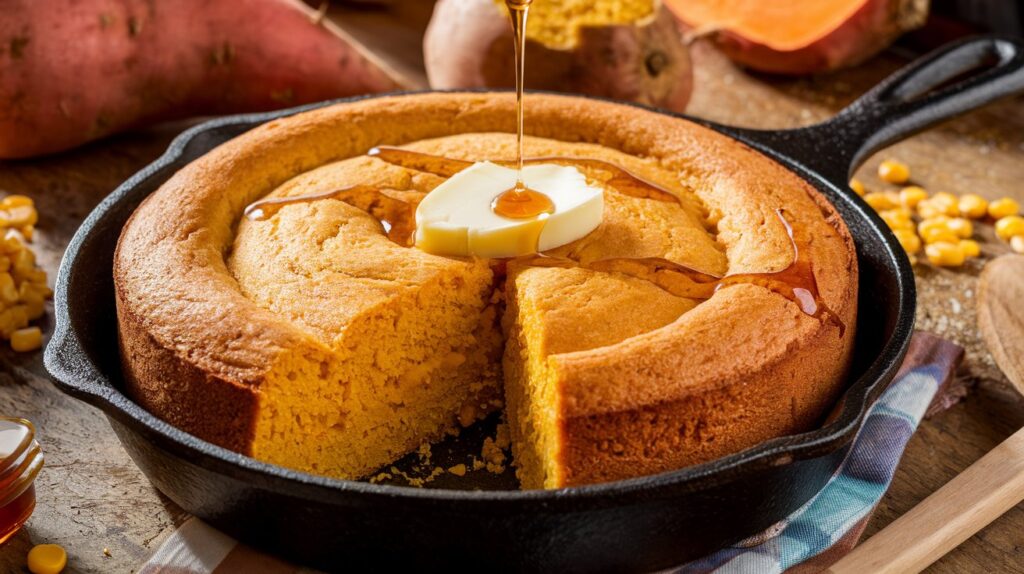
Frequently Asked Questions (FAQs)
Can I Use Canned Sweet Potatoes?
Yes, canned sweet potatoes can be used as a convenient substitute for fresh ones. Drain them thoroughly and mash or puree them until smooth before adding to the batter. Keep in mind that canned sweet potatoes may contain added sugar, so adjust the sweetness of your recipe accordingly.
How Long Does Sweet Potato Cornbread Last?
- At Room Temperature: Sweet potato cornbread can last up to 2 days when wrapped tightly in plastic wrap or stored in an airtight container.
- In the Refrigerator: Refrigerate for up to a week in an airtight container.
- In the Freezer: Freeze for up to 3 months. Wrap individual portions in plastic wrap, then place them in a freezer-safe container or bag.
What’s the Best Type of Cornmeal to Use?
The choice of cornmeal depends on the texture you prefer:
- Fine-Ground Cornmeal: Produces a smoother and more delicate crumb.
- Medium-Ground Cornmeal: Offers a balanced texture with a slight crunch.
- Stone-Ground or Coarse Cornmeal: Results in a more rustic and hearty texture, ideal for those who enjoy a traditional cornbread feel.
Can I Make It Without Sugar?
Absolutely! Sweet potato cornbread can be made without added sugar for a more savory version. The natural sweetness of the sweet potatoes is often sufficient, but you can enhance the flavor with savory ingredients like herbs, cheese, or spices.
How to Make It Extra Fluffy?
- Use Fresh Leavening Agents: Ensure your baking powder and baking soda are not expired for optimal rise.
- Buttermilk or Yogurt: These ingredients add acidity, which reacts with baking soda to create a fluffier texture.
- Separate and Whisk the Eggs: Beat the egg whites until soft peaks form, then fold them gently into the batter. This step incorporates air, making the cornbread lighter.
- Avoid Overmixing: Mix the batter just until the ingredients are combined to prevent deflating the air bubbles.
By following these tips and answers, you’ll be well-equipped to make and enjoy the best sweet potato cornbread!



